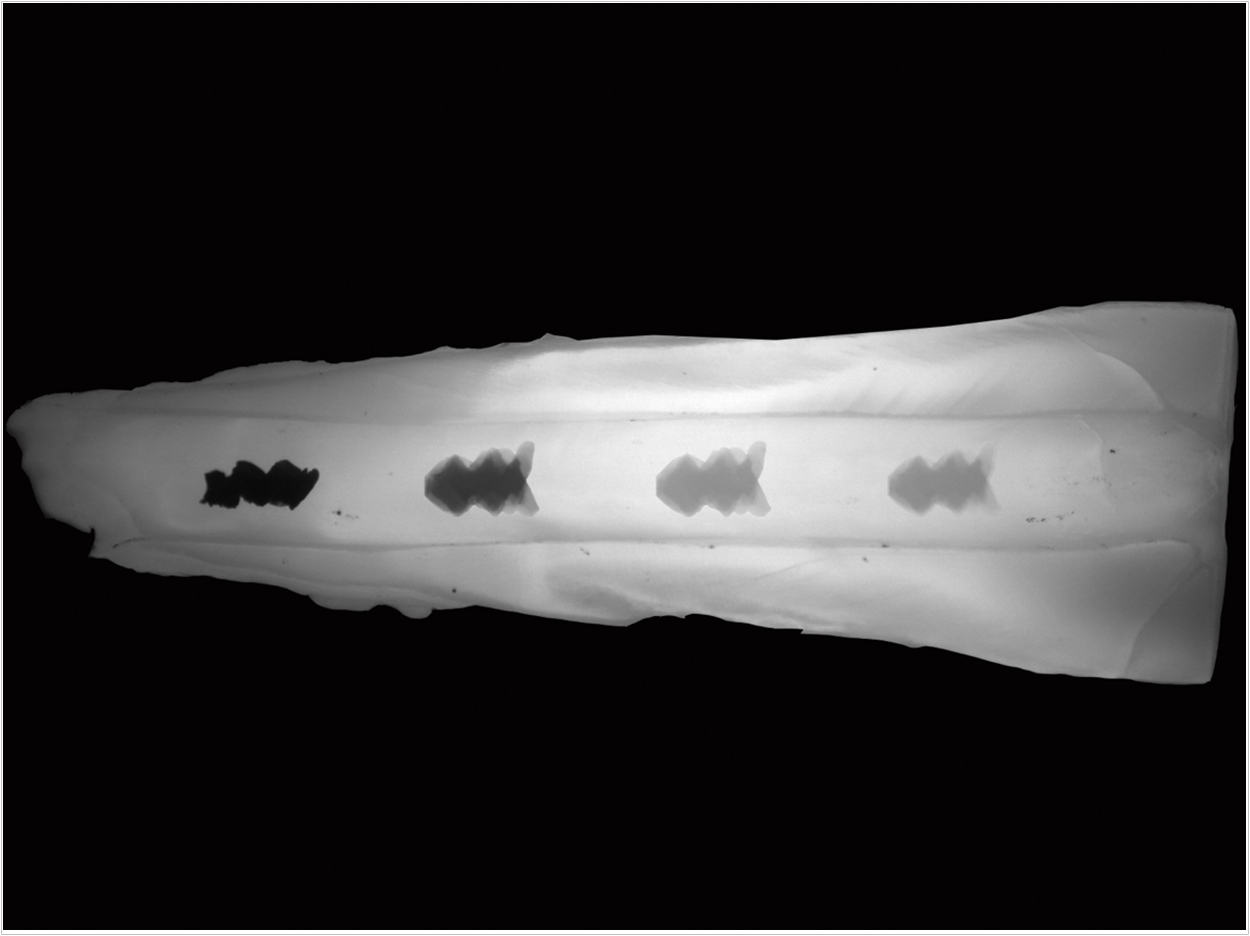
Researchers at the University of Pennsylvania School of Dental Medicine and School of Engineering and Applied Science have developed microrobots that can remove plaque from teeth, potentially eliminating the time consuming and sometimes unpleasant scraping that comes with a typical cleaning.
With two types of robotic systems—one designed to work on surfaces and the other to operate inside confined spaces—the researchers demonstrated that robots with catalytic activity could destroy biofilms, with possible applications not just in the oral cavity but also inside water pipes and catheters.
“This was a truly synergistic and multidisciplinary interaction,” said Hyun (Michel) Koo, DDS, MS, PhD, of the School of Dental Medicine. “We’re leveraging the expertise of microbiologists and clinician-scientists as well as engineers to design the best microbial eradication system possible. This is important to other biomedical fields facing drug-resistant biofilms as we approach a post-antibiotic era.”
“Treating biofilms that occur on teeth requires a great deal of manual labor, both on the part of the consumer and the professional,” said Edward Steager, PhD, of the School of Engineering and Applied Science. “We hope to improve treatment options as well as reduce the difficulty of care.”
Biofilms can arise on biological surfaces such as on a tooth or in a joint or on objects like water pipes, implants, and catheters. Wherever they form, they are difficult to remove, as the sticky matrix that holds the bacteria provides protection from antimicrobial agents.
Koo and his colleagues have used a variety of methods to break down the biofilm matrix. For example, they have used nanoparticles that contain iron oxide and work catalytically to active hydrogen peroxide to release free radicals that can kill bacteria and destroy biofilms in a targeted fashion.
At the same time, groups at Penn Engineering have been working on a robotic platform that uses very similar iron-oxide nanoparticles as building blocks for microrobots. The engineers control the movement of these robots using a magnetic field, allowing a tether-free way to steer them.
Together, the researchers designed, optimized, and tested two types of robotic systems called catalytic antimicrobial robots (CARs) that are capable of degrading and removing biofilms. The first involves suspending iron-oxide nanoparticles in a solution that can then be directed by magnets to remove biofilms on a surface in a plow-like manner. The second entails embedding the nanoparticles into gel molds in three-dimensional shapes and using them to target and destroy biofilms clogging enclosed tubes.
Both types effectively killed bacteria, broke down the matrix that surrounds them, and removed the debris with high precision. After testing the robots on biofilms growing on either a flat glass surface or enclosed glass tubes, the researchers tried removing biofilm from the hard to reach parts of a human tooth.
The CARs were able to degrade and remove bacterial biofilms not just from a tooth surface but from one of the most difficult to access parts of a tooth, the isthmus, a narrow corridor between root canals where biofilms commonly grow.
“Existing treatments for biofilms are ineffective because they are incapable of simultaneously degrading the protective matrix, killing the embedded bacteria, and physically removing the biodegraded products,” said Koo. “These robots can do all three at once very effectively, leaving no trace of biofilm whatsoever.”
By plowing away the degraded remains of the biofilm, Koo said, the chance of it taking hold and regrowing decreases substantially. The researchers envision precisely directing these robots to wherever they need to go to remove biofilms, be it the inside of a catheter or a water line or difficult to reach tooth surfaces.
“We think about robots as automated system that take actions based on actively gathered information,” said Steager. In this case, he said, “the motion of the robot can be informed by images of the biofilm gathered from microcameras or other modes of medical imaging.”
To move the innovation toward clinical application, the researchers are receiving support from the Penn Center for Health, Devices, and Technology, an initiative supported by Penn’s Perelman School of Medicine, Penn Engineering, and the Office of the Vice Provost for Research. Penn Health-Tech, as it’s known, awards select interdisciplinary groups with support to create new health technologies, and the robotic platforms project was one of those awarded support in 2018.
“The team has a great clinical background on the dental side and a great technical background on the engineering side,” said Victoria Berenholz, executive director of Penn Health-Tech. “We help to round them out by connecting them to business mentors and resources with the Penn community to translate their technology. They have really done a fantastic job on the project.”
The study, “Catalytic Antimicrobial Robots for Biofilm Eradication,” was published by Science Robotics.
Related Articles
Nanoparticles Break Up Plaque and Prevent Tooth Decay
Bacteria Boost Antifungal Resistance in Early Childhood Caries
Low-Cost Peptide Kills Bacteria and Breaks Up Plaque



